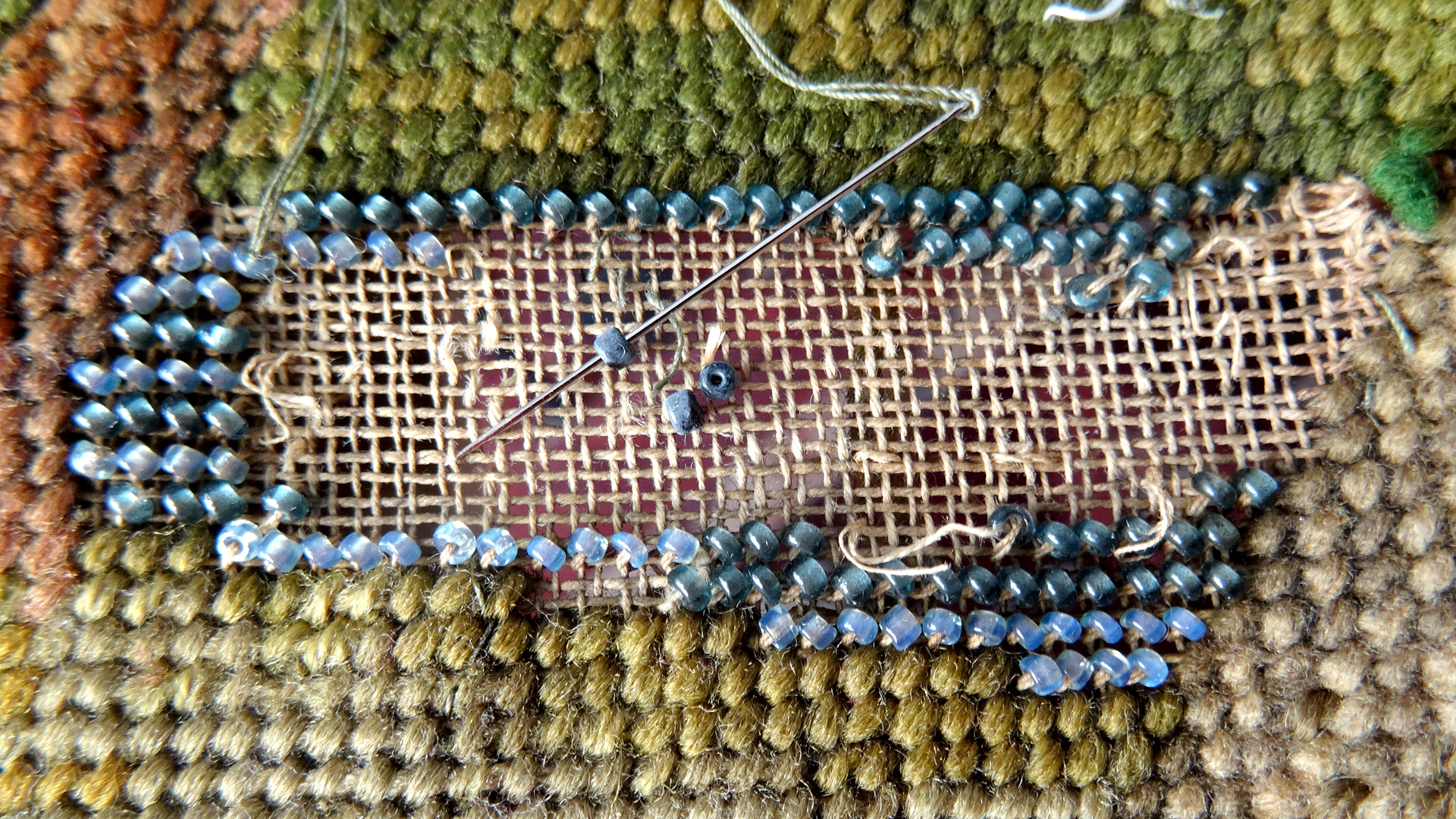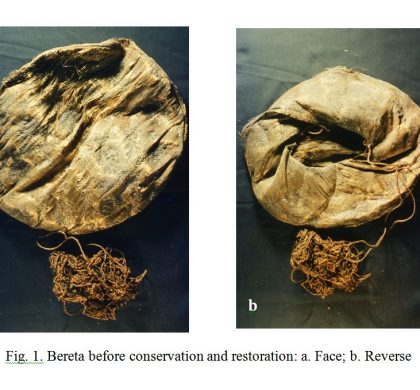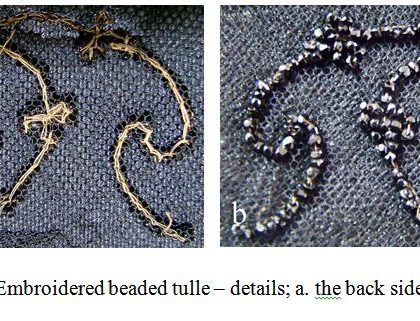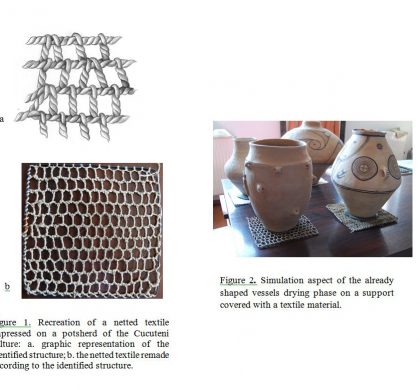What is textile restoration?

Textiles are found in many things we use in everyday life including upholstered furniture, clothing, photos, quilts, tapestries, and flags. Materials can range from natural fibers like cotton and silk to synthetics such as nylon and polyester. Most textiles are not meant to be simply decorative, but also have a functional purpose. For this reason textiles are often exposed to more environments and potential damage than other forms of artwork. This damage can also lead to the need to call an expert or art restoration specialist.
Art conservation includes principles and practices of technical examination, documentation, and treatment for objects of material culture. The intention of art conservation is to improve the condition of an artifact by stabilizing physical condition problems and addressing surface disfigurement arising from deterioration and/or damage. In doing so, the art conservator strives to retain as much original material as possible and to employ the best quality materials and the most carefully considered methods available.
At times a conservation treatment also requires restoration, which is defined as the preparation and incorporation of replacement parts and surface finishes (i.e. ‘compensation for losses’) to allow proper visual interpretation of an art object and to recapture an acceptable esthetic appearance. Professional art conservators will always be glad to discuss their approaches and available options for the restoration component of a conservation treatment with you.
Another often-used term is preservation, which encompasses all of the varied activities involved in preventing damage and reducing the rate of deterioration for art objects, collections, and structures. Professional art conservators provide services related to preservation issues including display methods, archival quality storage solutions, environmental condition challenges, pest management, and packing for transportation.
CONTACT A CONSERVATOR
Before attempting to repair, clean, or mount a textile you should contact a professional textile conservator, photo restoration, or art restoration specialist depending upon the type of textile. A conservator will examine the artifact, determine the fiber composition and method of manufacture and document its condition and any inherent problems. Taking into account the client’s concerns and any relevant historical information, a treatment option will be proposed. Questions to consider when determining a course of action include:
- Is treatment necessary or is it based on popular aesthetics?
- Is the object strong enough to be displayed?
- Do the risks of treatment outweigh the benefits?
- What treatment provides the most results with the least intervention?
- Working with a trained art restoration specialist will help ensure that you can enjoy your objects for years to come.



